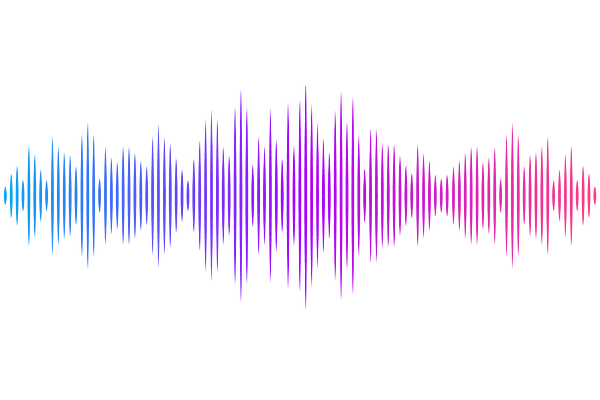C2-α-dicarbonyls selectively impair morphodynamic interactions between cells and extracellular matrix

C2-α-dicarbonyls selectively impair morphodynamic interactions between cells and extracellular matrix
Samanta, B.; Sen, P.; Bhat, R.
AbstractAgeing and diabetes, risk factors for cardiovascular diseases and cancer, are characterized by abnormally high tissue levels of several dicarbonyl species. Although all dicarbonyls disrupt biomolecular structure and function by forming advanced glycation end products, understanding the relative toxicity of each can help design targeted control strategies. Although known for cells, the comparative effects of distinct dicarbonyls on extracellular matrices (ECM) have yet to be benchmarked. Here, we investigate how glycation by three well known dicarbonyls: the C2--dicarbonyls methylglyoxal (MGO) and glyoxal (GO), and the C6--dicarbonyl 3-deoxyglucosone (3-DG), affects two ECMs, Collagen I and laminin-rich basement membrane (lrBM), and alters their morphodynamic interactions with two human cells: untransformed endothelial TeloHAEC and aggressive triple negative breast cancer MDA-MB-231. On dicarbonyl-treated lrBM, endothelial and cancer cell adhesion, collective cord morphogenesis, cancer cell motility, shape polarity and its entropy are perturbed at low MGO levels, high GO levels, and are unchanged for 3-DG. Alcian Blue staining of lrBM shows dissolution of matrix at low MGO and high GO levels with no effect on 3-DG exposure. On collagen I substrata, adhesion for both cells is disrupted at low MGO levels, at high GO levels but is unchanged for 3-DG. Interestingly at high concentrations of MGO and GO, the latter decreases motility and increases elongation entropy more than the former; 3-DG has no effect. Picrosirius staining suggests that at high levels GO-driven collagen hyperpolymerization is similar to MGO with no effect of 3-DG. Our observations therefore suggest qualitative and quantitative distinctions in the effect of C2- and C-6--dicarbonyls on ECM homoeostasis and ECM-driven cellular morphodynamics.